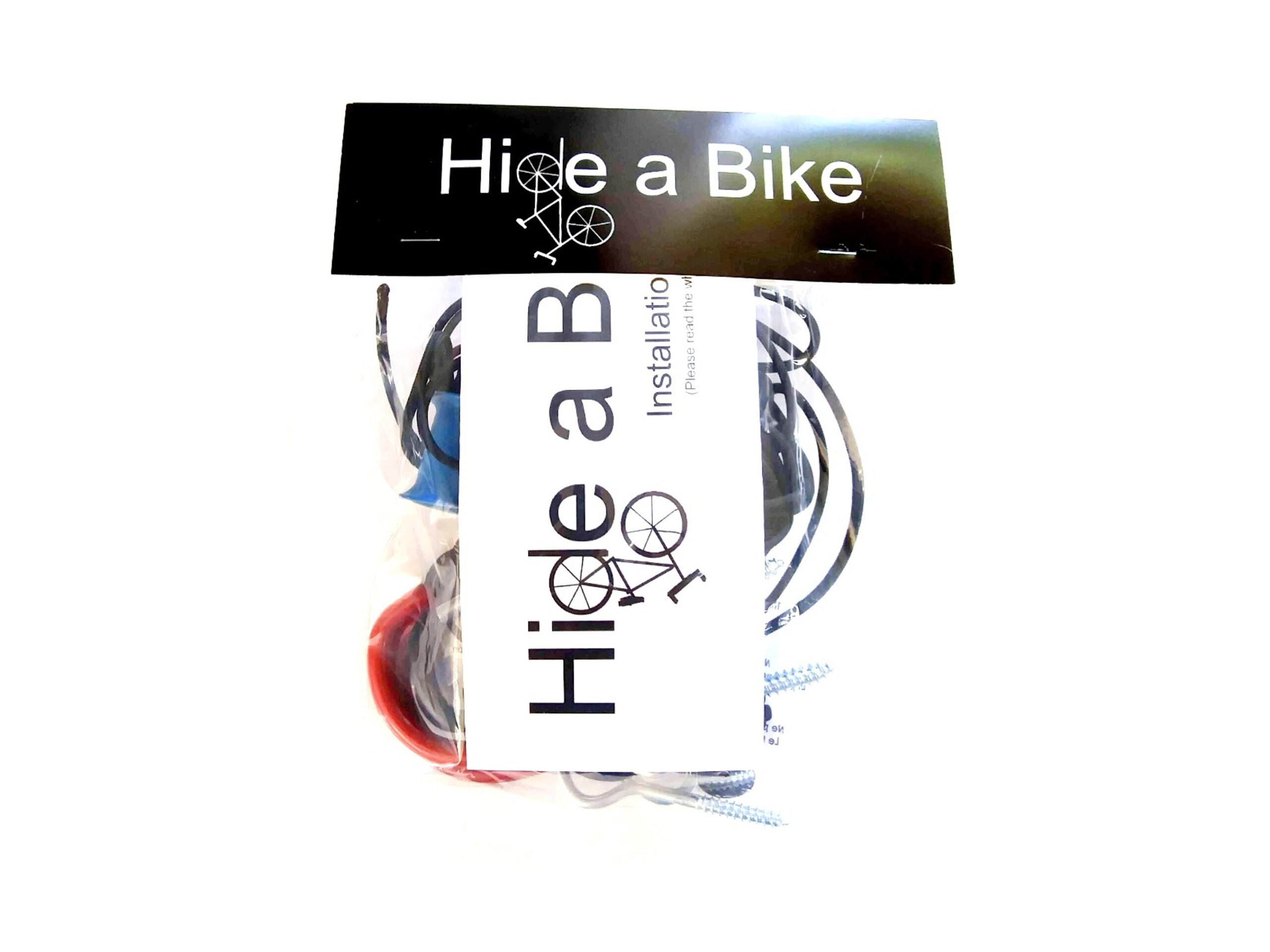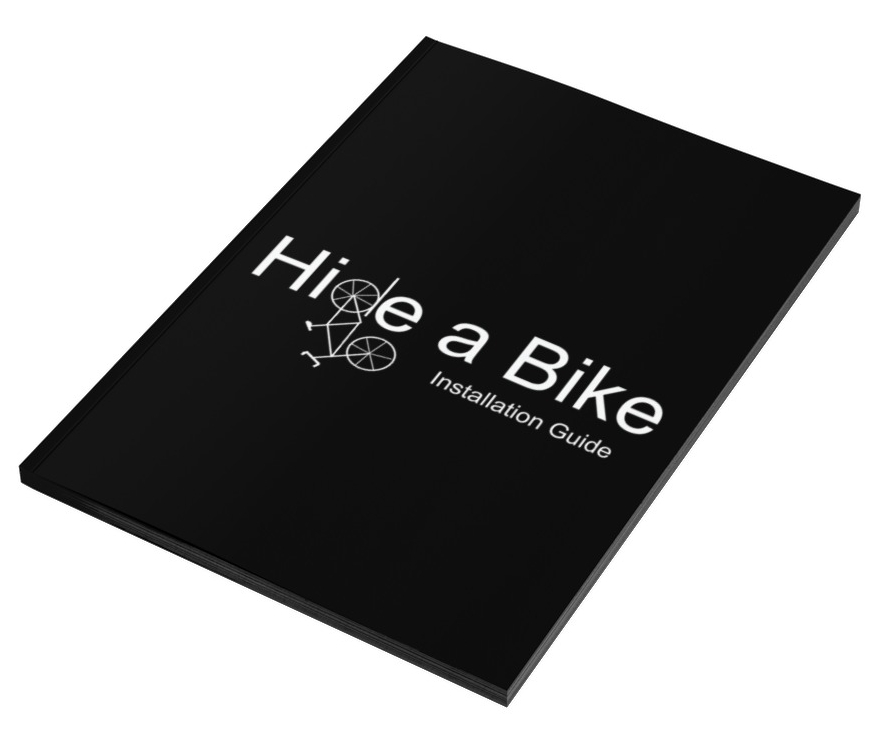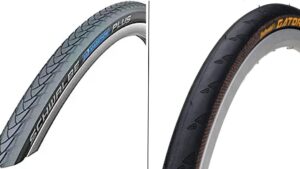Rim Brakes Vs Disc Brakes: Which Is Right For You?

Discover the difference between rim brakes and disc brakes, their pros, cons, and which one suits your cycling style and budget.
*This article may contain affiliate ads that help to support this site*
When it comes to cycling, safety is paramount, and one of the most crucial components ensuring your well-being on the road is your braking system. The choice between rim brakes and disc brakes has sparked numerous debates among cyclists, each with its own set of pros and cons. Whether you’re a casual rider, a seasoned enthusiast, or a competitive racer, understanding the differences between these two braking technologies is vital.
In this comprehensive guide, we’ll delve into the world of rim brakes and disc brakes, exploring their mechanics, advantages, and drawbacks. From their stopping power to maintenance requirements and cost considerations, we’ll help you make an informed decision on which brake system suits your needs best. Join us as we unlock the secrets of these essential components and pave the way for safer, more enjoyable rides.
Pros And Cons Of Rim Brakes
Rim brakes have been a staple in the cycling world for decades, known for their simplicity and cost-effectiveness. Here, we’ll break down the advantages and disadvantages of rim brakes, providing you with a comprehensive understanding of this traditional braking system.
Pros of Rim Brakes:
- Cost-Efficiency: Rim brakes are budget-friendly, making them an attractive choice for entry-level cyclists and those looking to keep their bike maintenance costs down.
- Lightweight: They are typically lighter than disc brakes, which can be advantageous for riders seeking to shed every possible ounce from their bike for improved performance.
- Simplicity: Rim brakes have a straightforward design, making them easy to maintain and repair. You don’t need advanced technical knowledge or special tools to work on them.
Cons of Rim Brakes:
- Weather Sensitivity: One of the most significant drawbacks of rim brakes is their sensitivity to weather conditions, particularly rain. When wet, they tend to have reduced stopping power and may require more time and distance to halt the bike.
- Rim Wear: Rim brakes can wear down the wheel rims over time, potentially necessitating wheel replacement if the rims become too worn or damaged.
- Reduced Stopping Power: Compared to disc brakes, rim brakes offer less stopping power, which can be a concern for riders who demand quick and precise deceleration, especially in high-speed or steep downhill situations.
Understanding these pros and cons of rim brakes is essential for determining whether they are the right choice for your cycling needs.
Pros And Cons Of Disc Brakes
Disc brakes have emerged as a significant innovation in the world of cycling, offering a different approach to braking compared to traditional rim brakes. In this section, we’ll delve into the pros and cons of disc brakes, helping you weigh the benefits and drawbacks of this modern braking system.
Pros of Disc Brakes:
- Exceptional Stopping Power: Disc brakes provide superior stopping power, even in adverse weather conditions. This makes them a top choice for riders who demand reliable braking in wet, muddy, or steep terrains.
- Consistent Performance: They offer consistent and reliable performance regardless of rim condition. Your wheels can be damaged or worn without affecting braking efficiency.
- All-Weather Performance: Disc brakes excel in various weather conditions, providing consistent braking power in rain, snow, or extreme heat.
- Less Rim Wear: Unlike rim brakes, disc brakes don’t wear down the wheel rims, extending the lifespan of your wheels.
Cons of Disc Brakes:
- Cost: Disc brake systems are often more expensive than rim brakes, both in terms of the initial purchase and maintenance. This cost can be a barrier for cyclists on a tight budget.
- Weight: Disc brake systems tend to be slightly heavier than rim brakes, which may be a concern for weight-conscious riders.
- Maintenance Complexity: Some disc brake systems, especially hydraulic ones, can be more complicated to maintain and repair, requiring specific tools and knowledge.
Choosing between rim brakes and disc brakes ultimately comes down to your specific cycling needs, preferences, and budget.
Stopping Power And Performance
One of the critical factors that differentiate rim brakes and disc brakes is their stopping power and performance. Let’s take a closer look at how these two braking systems compare in terms of performance under various conditions.
Rim Brake Performance:
Rim brakes have been a reliable choice for many years. They offer decent stopping power in dry conditions, making them suitable for casual riding and road cycling in fair weather. However, their performance takes a significant hit when it’s wet. In rainy or muddy conditions, rim brakes can suffer from reduced efficiency, resulting in longer stopping distances and a less responsive feel when you squeeze the levers. This can be a significant concern for riders who frequently encounter adverse weather.
Disc Brake Performance:
Disc brakes, on the other hand, excel in the stopping power department. They offer consistent and robust braking performance in all conditions, whether it’s dry, wet, or even in extreme terrains. This is primarily due to their design, where the braking surface is located on the rotor rather than the rim. The rotors can quickly dissipate heat and water, ensuring that the braking force remains stable and strong. As a result, riders who need dependable stopping power in all situations, such as mountain bikers and those riding in hilly or wet areas, often opt for disc brakes.
When choosing between rim and disc brakes, you will have to consider your typical riding conditions and how important stopping power and performance are to you.

Hide A Bike Kit
Is your garage starting to become a mess? Save space by storing your bikes flat against the ceiling.
Maintenance And Durability
The longevity and maintenance requirements of your bike’s braking system are crucial considerations when choosing between rim brakes and disc brakes. In this section, we’ll explore the maintenance demands and overall durability of these two braking technologies.
Rim Brake Maintenance:
Rim brakes are known for their simplicity, which extends to their maintenance. Keeping rim brakes in good working condition typically involves routine checks for wear on brake pads and rim surfaces. Replacing brake pads is straightforward, and you can often do it yourself with minimal tools. However, due to the abrasive nature of rim brakes, the wheel rims may require replacement over time, particularly if they become excessively worn or damaged. This is an additional cost to consider.
Disc Brake Maintenance:
Disc brakes, particularly hydraulic systems, can be more complex to maintain. They require periodic bleeding to remove air from the brake lines and ensure consistent performance. Additionally, the rotors and pads may need replacement, but less frequently than rim brakes affect wheel rims. Disc brake maintenance can be more involved and may require specialized tools, making it less user-friendly for some cyclists.
Durability:
In terms of durability, disc brakes have an advantage. Since they don’t rely on the wheel rim for braking, they are gentler on the wheels and reduce the likelihood of rim damage. Rim brakes, on the other hand, can lead to worn or damaged rims over time, especially if used in wet or muddy conditions.
Your choice between rim and disc brakes should factor in your willingness to perform maintenance tasks or invest in professional maintenance. Additionally, if you prioritize long-term durability and minimal wear on your wheels, disc brakes may be the better option.
Cost Considerations
When deciding between rim brakes and disc brakes, cost is a significant factor that can influence your choice. In this section, we’ll explore the cost considerations associated with each of these braking systems, helping you make an informed decision based on your budget and financial priorities.
Rim Brake Costs:
Rim brakes are generally more budget-friendly, both in terms of the initial purchase and ongoing maintenance. The components of rim brake systems are often less expensive, making them an attractive option for entry-level cyclists and riders on a tight budget. Replacement brake pads are affordable and readily available, and you can often perform maintenance and repairs without the need for specialized tools or professional assistance.
Disc Brake Costs:
Disc brake systems tend to be pricier than rim brakes. The components, including the calipers, rotors, and brake lines, are more costly to manufacture and purchase. Hydraulic disc brake systems, known for their exceptional performance, often come with a higher price tag than mechanical disc brakes. Additionally, maintenance, such as bleeding hydraulic lines, can incur extra costs, especially if you rely on professional services.
It’s important to consider your budget and long-term financial commitment when choosing between these braking systems.
Which Brake System Is Right For You?
Now that we’ve explored the pros and cons of rim brakes and disc brakes, you might be wondering which one is the best fit for your cycling needs. The decision ultimately depends on various factors and your personal preferences. Let’s break down the key considerations to help you make an informed choice:
1) Riding Style: Consider your typical riding conditions and style. If you’re a road cyclist in fair weather, rim brakes can offer a cost-effective and lightweight solution. For mountain biking, wet-weather riding, or demanding terrains, disc brakes are often the preferred choice due to their superior stopping power and consistent performance.
2) Budget: Your budget is a critical factor. Rim brakes are more affordable, making them ideal for those on a tight budget. Disc brakes, especially hydraulic systems, come with a higher upfront cost and may incur more significant maintenance expenses.
3) Maintenance Willingness: Think about your willingness and ability to perform maintenance. If you prefer straightforward maintenance and repairs, rim brakes are user-friendly. Disc brakes, especially hydraulic ones, can be more complex to maintain and may require professional assistance.
4) Weight Sensitivity: Weight-conscious riders may prefer rim brakes, as they are typically lighter. Disc brakes add weight to your bike, which may affect your performance in certain situations.
5) Weather Conditions: If you frequently ride in wet or challenging weather, disc brakes’ all-weather performance and reliability could be a deciding factor.
In the end, there’s no one-size-fits-all answer. Your choice of brakes should align with your individual priorities, riding habits, and financial considerations. Take these factors into account, and perhaps even test both types if possible, to determine which brake system best suits your needs and enhances your cycling experience. Regardless of your choice, prioritizing safety and regular maintenance will ensure your brakes perform at their best.

Hide-A-Bike Installation Guide
If you want to put together a Hide-A-Bike kit for yourself, just download these easy to follow, step-by-step directions, complete with a full hardware and parts list.
Conclusion
Choosing between rim brakes and disc brakes is a decision that deeply affects your cycling experience. Rim brakes, tried and true, offer affordability and simplicity but may not meet the needs of riders in demanding conditions. On the other hand, disc brakes excel in consistent, all-weather stopping power, but come at a higher cost.
Ultimately, your choice should align with your riding style, budget, and maintenance preferences. Whether you opt for the time-tested rim brakes or the modern reliability of disc brakes, the most important aspect is your safety. Regular maintenance, attention to detail, and appropriate brake selection will ensure you enjoy every ride while confidently knowing your bike’s braking system has your back. Make your choice wisely, and happy cycling!
Share This Article With A Friend
Did You Read This Whole Article?

You deserve a gift! Enter your email to receive a FREE copy of the Hide-A-Bike Installation Guide! And once a month we will send you a newsletter with the best deals on the internet for bicycle gear and accessories.
About Hide A Bike

Save space by keeping your bike flat against the ceiling with the original easy and convenient bicycle storage solution.
Thank You For Visiting!

You deserve a gift! Enter your email to receive a FREE copy of the Hide-A-Bike Installation guide. And once a month we will send you a newsletter with links to our best finds on bicycle gear and accessories.
Share This Article:
Most Popular Articles:
Article Categories:
Related Articles:

Your Ultimate Guide To Cycling For Fitness Training

Wheels Of Change: The Role Of Bicycles For Social Justice






